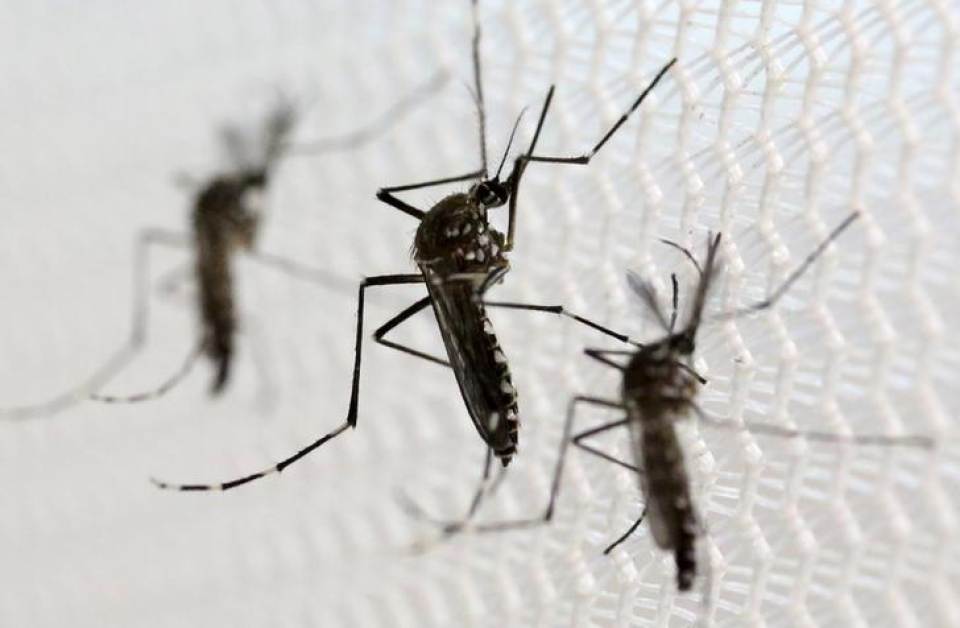
Aedes aegypti mosquitoes are seen inside Oxitec laboratory in Campinas, Brazil, February 2, 2016. REUTERS/Paulo Whitaker
Reuters - by Stephanie Nebehay - February 2, 2016
GENEVA, Feb 2 (Reuters) - The Zika virus linked to a microcephaly outbreak in Latin America could spread to Africa and Asia, and the World Health Organization will set up monitoring sites in the poorest countries with the highest birth rates, it said on Tuesday.
. . . ”Most important, we need to set up surveillance sites in low- and middle- income countries so that we can detect any change in the reporting patterns of microcephaly at an early stage," said Dr. Anthony Costello, WHO director for maternal, child and adolescent health.
A WHO global response unit "using all the lessons we've learned from the Ebola crisis" has been set up, he said. Some 20 to 30 'sentinel sites' for surveillance could be established worldwide, mainly in poor countries lacking robust health systems.
(READ COMPLETE ARTICLE)
Recent Comments